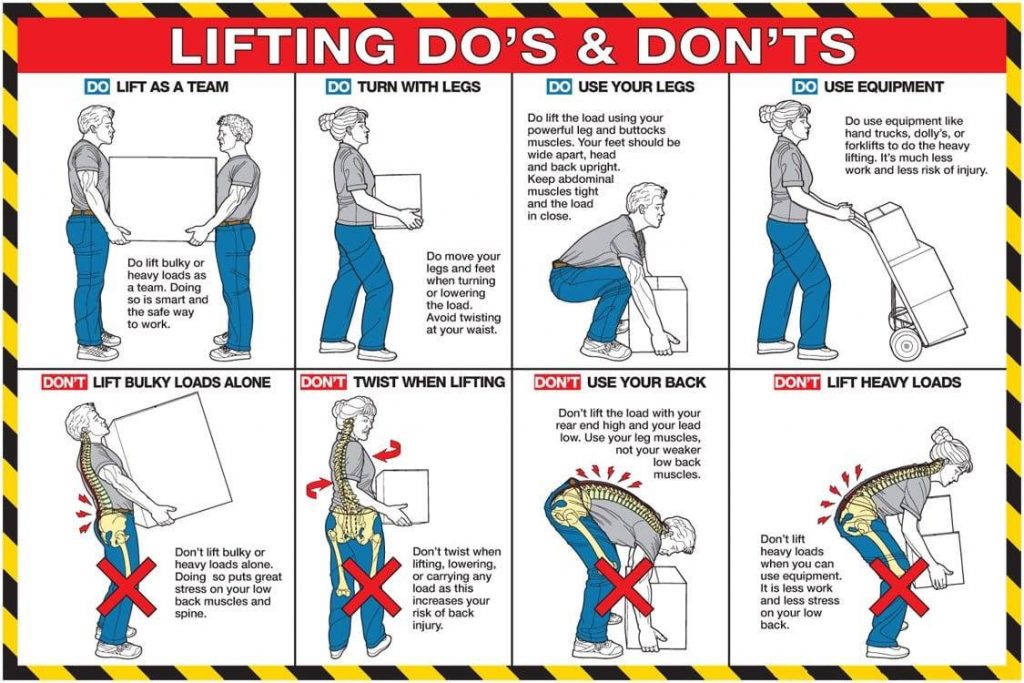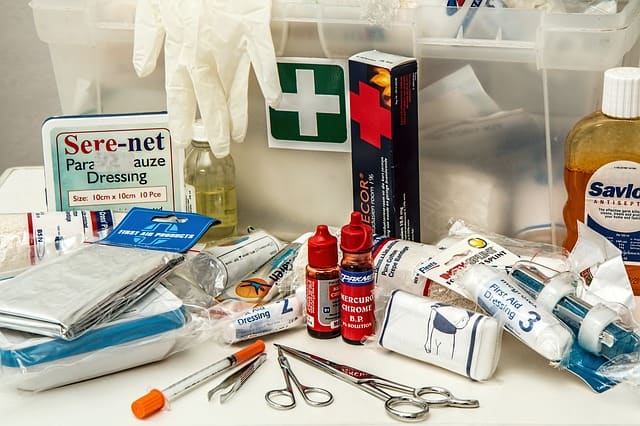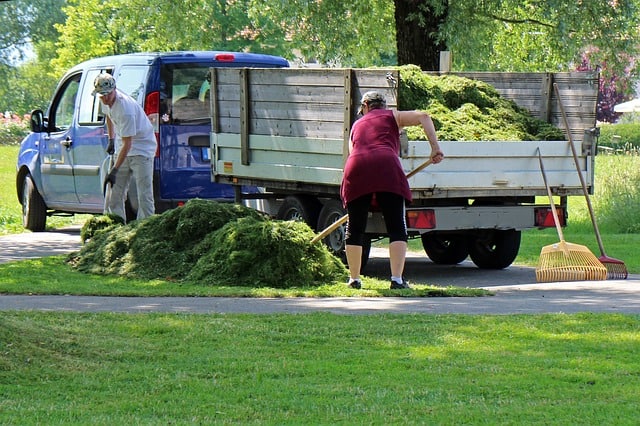Amidst all of your garden planning ideas for your spring garden, remember to take the necessary steps to prevent injuring yourself in your garden. Those who garden often sometimes end up in pain from spending hours engrossed in various gardening activities. In case you are not aware of what’s happening, gardening can cause orthopedic injuries. Thankfully, it’s easy to prevent injuries and discomfort due to gardening by incorporating a few good habits. Heeding gardening advice pertaining to your health also benefits you by making you stronger and giving you more energy.
While you’re out in the dirt bringing one of your gardening ideas to life, gardening pain can happen in your joints, muscles, tendons and ligaments in the form of lower back pain, knee bursitis, a rotator cuff injury, hip pain or shoulder pain. With all of the gardening ideas you must have for your spring garden, there’s probably nothing that can keep you out of your garden, and there’s no need for that. With the following information, you can avoid gardening pain and still have a beautiful harvest.
1. Prevention: Gardening Advice to Prevent Pain and Injury
A. Warm Up
Warming up before gardening is just as important as it is before a sport or workout. Pain management for back pain as a result of gardening is the same as it is for a sports injury, and so the keys to prevention are the same. Five minutes of brisk walking and some stretching should be enough to get you warmed up. It’s easy to overlook your back when stretching, but it’s not a good idea since this makes it more susceptible to injury during your spring gardening. Make sure you stretch your back well: Lay on your back on a comfortable surface, bring your knees to your chest, and lift your head and neck off the ground. Bring your knees and head as close together as is comfortably possible.
B. Gardening Tips to Prevent Lower Back Pain
Proper Lifting and Bending Techniques

Get into a squatting position when going to lift or put something down in your garden, and then lift the item with both hands. Hold it close to your body as you come back to a standing position and until you’re ready to put it down again. When bending down to perform a task, bend at your knees instead of your waist. Each of these practices is a gardening exercise, but they are all you need to build strength and avoid back pain and other injuries in your garden. It’s best to keep heavy lifting to a minimum to prevent too much strain on the muscles and joints in your legs, hands and wrists.
Another garden health tip is to fill watering cans and other containers halfway so they are not heavy to lift. If possible, use a wagon or cart to move around gardening tools, potted plants, compost, mulch and other heavy or bulky items.
C. Use Supportive Devices
Such as a back brace or belt, knee brace, knee pad, etc. to minimize strain while gardening or for pain management if you already have a mild injury. Keep in mind that it’s better to prevent an injury than to get that one difficult task done, so when in doubt, get help or avoid risky activities in your garden.
D. Use proper tools
By using the right tool can to make your work, quick, easy and safe. Try to use tools with long handles, wheels, etc. You don’t want to add gardening exercise where it’s not necessary.
E. Wear comfortable shoes.
Choose custom made orthotics to promote comfort, safety, correct movement, agility and speed. Your shoes should also have arch and ankle support and good traction.
F. Know your body’s limits
You are more likely to suffer an injury or make a costly mistake when you are tired or weak. Take breaks often, drink plenty of water and avoid repetitive injury. Don’t work through meal times or when you know you should be resting.
2. In case of an injury
it’s always safest to seek medical advice. However, there are some universally agreed upon first aid treatments that work for many kinds of injuries, including a gardening or sports injury. These tips offer some pain relief and promote healing:
Acute Injury:

To treat an acute injury, one that has occurred in the last 48 to 72 hours, do the following:
i. Rest, Ice, Compression, Elevation
Stay off of or don’t use the injured body part until it’s free of pain and healed. This will prevent further damage and assure it heals quickly.
Apply a cold pack for at least 20 but no more than 30 minutes every two to three hours to keep pain at bay, help with the healing process and minimize swelling.
Keep the area compressed with compression wear or an ace bandage.
Elevate the joint or body part by keeping it above heart level.
ii. Gentle range-of-motion exercises suggested by a therapist can help to prevent pain. They will also keep the injured part of your body as mobile as possible so that you can get back to your garden exercise quickly.
iii. With an acute injury, you want to avoid treating it with heat, drinking alcoholic beverages and deep massage.
Chronic Injury:
A chronic injury is one that occurs overtime from doing the same activity or sport. You may not think much of it in the beginning because the pain occurs on and off during or after the activity, but eventually, it gets so bad that you can’t ignore it any longer, and you eventually have to refrain from using that part of your body altogether because the pain is no longer bearable.
i. Heating pads; for chronic injuries, you can help speed up the healing process and relieve pain by applying a heating pad to the affected area.
ii. Gentle exercise; gently exercise the injured body part using exercises prescribed by your therapist.
iii. Pain reliever cream; look for creams that contain capsaicin or capsicum, and wintergreen extract or methyl salicylate. These ingredients are heating and will help with pain relief and healing of a chronic injury. Also, if your doctor doesn’t suggest it, you can ask about a prescription topical pain reliever.
If you get injured doing your spring gardening, seek medical attention, from your family doctor, physiotherapist or the emergency department of the nearest hospital. Follow your intuition. If you feel like something may be broken, dislocated or fractured, then request an x-ray or ultrasound for your own personal peace of mind.
In addition to the immediate actions listed above to treat acute and chronic injuries, physiotherapy, massage therapy and acupuncture can often help to speed up healing and relieve pain. With branches in Pickering and Milton physiotherapy clinic, Pro Fusion Rehab is one of the foremost rehab centres in Ontario that offers a full range of services to the surrounding communities.
